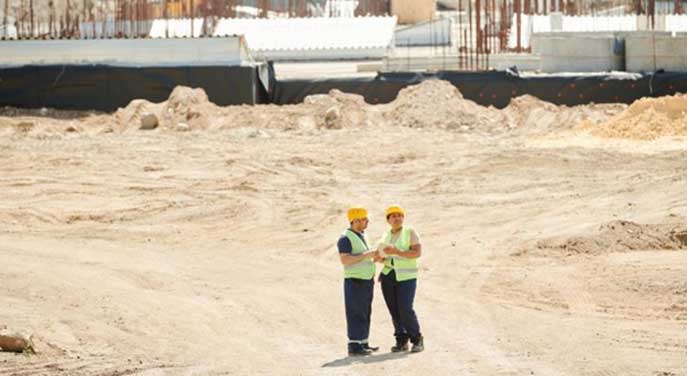
Credit: Mikael Blomkvist Via Pexels
The construction industry is the foundation of many sectors as it provides support for Canadian infrastructure and employment. However, the industry within Canada has been through some rough patches due to labour shortages, rising raw materials prices, and a disruption of global supply chains. A
Although the COVID-19 pandemic took a toll on the industry, it managed to bounce back in 2021 and shows no signs of slowing down. According to the Canadian Construction Association, the construction industry generates about $141 billion for the economy annually, accounting for 7.5 percent of Canada’s gross domestic product (GDP). However,
As the sector continues to emerge, new technologies and trends play key roles in the process. Explore the construction trends in Canada to get a better picture of the industry’s current condition.
Technological Advancements
Finding a team offering multi construction services is simpler today as many Canadian companies embrace technology to boost productivity and decision-making. Several promising technologies exist today to help the construction industry thrive.
A multi-trade team offers construction and commissioning, pre-construction services, administrative support, engineering, project management, and many other services with the help of technology. Some technological developments include:
Building Information Modelling (BIM)
This process creates and manages information on a construction project throughout its whole life cycle. It involves 3D modelling techniques to digitally plan, design, and construct a structure or building. It is an effective method to cut down costs.
Blockchain
This is a tool that records transactions made in cryptocurrency and links them together in a peer-to-peer network so that each party involved has a copy of the transaction. It is secure, decentralized, and scalable, allowing companies of any size to utilize the tool for better project management.
Artificial Intelligence (AI)
Construction companies can use AI to help with internal decision-making processes and operations and reduce the number of errors. It also streamlines communication and increases site safety.
Government Investment
The government promises better infrastructure for Canada, which includes higher investments. Under the Investing in Canada Plan, the Government of Canada committed over $180 billion over 12 years for infrastructure that benefits Canadians. To date, the plan has invested in over 77,000 projects.
The primary goals of the government’s investment in infrastructure are to create long-term economic growth, support the resilience of communities, and build social inclusion. Construction companies play a significant role in this plan as the process requires more construction companies to get involved and create job opportunities.
Labour Shortages
Labour shortage is a growing problem in Canada because the industry needs more skilled members to join the workforce. A September 2021 Statistics Canada report reveals significant job vacancy increases in the construction sector.
The government’s Investing in Canada Plan aims to provide more employment opportunities. However, the increasing number of tradespeople reaching their retirement age plays a critical role in labour shortages. This can result in project delays and losses for businesses that rely on construction.
The Canadian construction industry faced many challenges in the past year, but it still stands strong as it is the backbone of many sectors. Understanding the emerging construction trends in Canada allows businesses to make informed decisions about their projects and hire efficient teams to complete their project.
This content is a joint venture between our publication and our partner. We do not endorse any product or service in the article.

